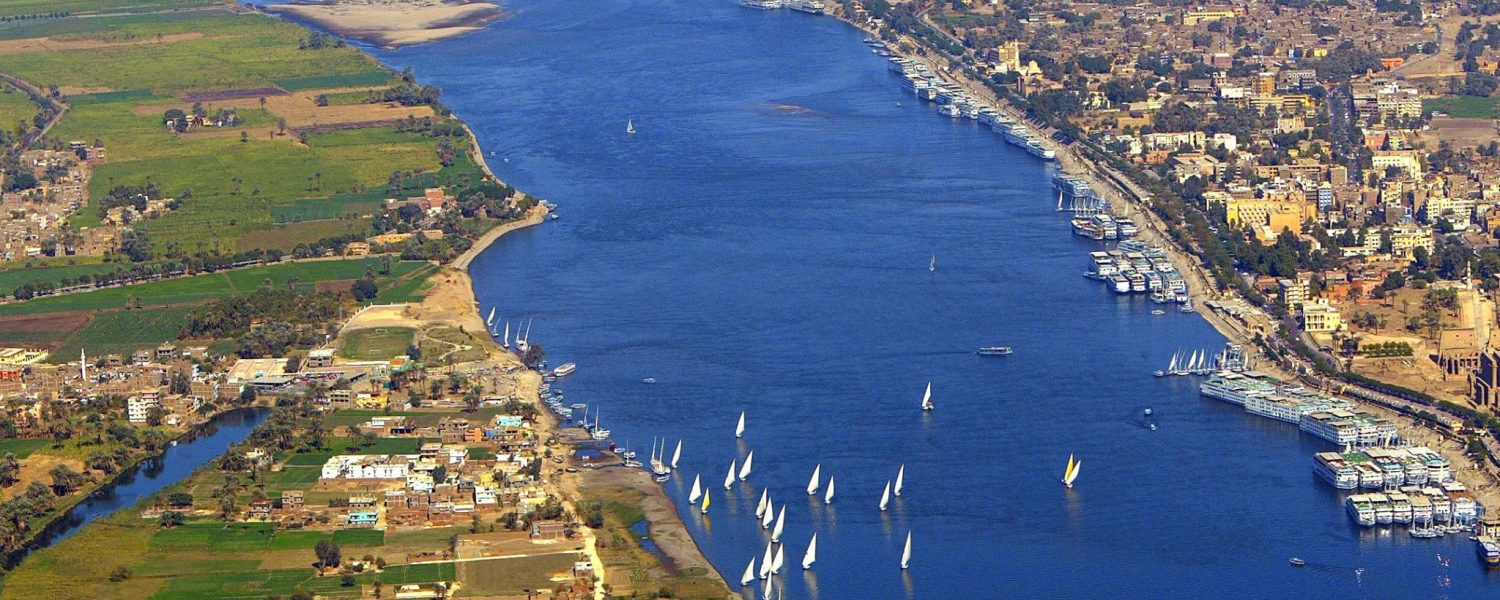Luxor Egypt
Things to do in Luxor Egypt, All Luxor Attractions
Egypt Luxor temples
Valley of the Kings
Valley of the Queens
Colossi of Memnon
Hatshepsut Temple
Known as “Thebes, the city of the thousand gates,” Luxor was the center of power for the Pharaohs for almost 1500 years.
Luxor reflects its rich array of magnificent temples and tombs. During the seventh century BC 2700 years ago, the Assyrians invaded Egypt and left the “city of the thousand gates” in ruins.
Today the new invaders are visitors who frequently arrive on Nile cruises or by airplanes to view the remnants of the truly magnificent civilization.
Formerly known as Thebes, is the capital of Egypt in the Pharaonic era, located on the banks of the Nile River which is divided into two parts of the East Bank and West Bank.
It is about 670 km from the Egyptian capital Cairo, about 220 km south of Aswan, About 280 km south-west of the city of Hurghada, the nearest seaport of the city is the port of Safaga, and the nearest airports are Luxor International Airport
Luxor contains about one-third of the world’s monuments. It also includes many ancient Pharaonic monuments divided into the eastern and western parts of the city.
The East Bank side includes the Luxor Temple, the Karnak Temple, the Kabbashal bridge between the temples, and the Luxor Museum.
Deir al-Bahari, the Valley of the Queens, the Monastery of Medina, the Temple of Ramessium, and the Statue of Memnon
The western bank includes the Valley of the Kings, the monastery of the sea, the valley of the kingdoms, the monastery of the city, the temple of Memnon.
Luxor Attractions
Karnak Temple
This metropolis of worship is a 50,000 square meter complex of towering pylons, mammoth statues, vast columned halls, sanctuaries, shrines, and obelisks. It was built by successive rulers over the period of 2000 years. The most awesome of its many wonders is the great hypostyle hall with its forest of 134 columns. At the far end of the Karnak is the Secret Lake with seating tiers for spectators to view the breath-taking sound and light show spectacle during the final phase of the tour.
Luxor Temple
Once linked to the Karnak Temple by a 2 km long avenue of ram-headed sphinxes of which many still stand. The Luxor Temple was built by Amenhotep III in the 15th century BC, hereto the statues, obelisks and hypostyle halls are of a colossal scale.
Valley of the Kings
In deep tunneled galleries glowing with colorful mural portraiture and inscriptions, over sixty of Egypt’s most famous pharaohs were entombed. The most famous is the most modest in size tomb of the boy King Tut Ankh Amen.
It discovered in 1922 with its treasures found more or less intact. Valley of the Queens fewer imposing in dimensions than the tombs of the Kings but certainly not in artistic depiction. The most beautiful is that of Nefertiti, Ramses II Queen.
Valley of the Queens
Hatshepsut Temple
The mortuary temple belongs to one of the greatest peacetime pharaohs. Queen Hatshepsut (1503-1482 BC) rises in terraced tiers with the sheer cliff as a backdrop. One of its walls chronicles pictorially the trading expedition sent by the Queen to the land of Punt (present-day Somalia).
Karnak Sound and light show
Illuminates the sound and light display of the Karnak and the dramatic history of the good. The presentation tells the achievements of some of the great pharaohs, with poetic descriptions of ancient treasures.
As visitors walk through the compound, the pharaohs wake up to recount their exciting life stories as ghost music clings vaguely through this ancient city. Ancient voices and poetry tell visitors about the birth of the Karnak Temple and the heroic achievements of the Pharaohs and the god Amun.
It a charming and supernatural experience to hear the sound effects and be applauded in the glorious ruins lit during the good show.
One of the most important temples in Luxor. It built by the king “City I” and was completed by King Ramses II. This temple is located three kilometers north of the Temple of Luxor.
The temple built specifically for the worship of the Holy Trinity, consisting of the god Amun Re and his wife Mott and their son Khun Su.
Temple built in the ancient world. The temple built in the days of the Middle Kingdom (around 2000 BC). The temple was not at this level of luxury. In the reign of the modern state of King Tutankhamun and King Ramses The second, “erected on the ruins of this temple, a magnificent temple worthy of the greatness of the great Egyptian empire.
Each king added new to the temple .. and so approached the gods, desire for immortality, and get great fame when the people.
Book Now: Luxor Day Tours
Read More




